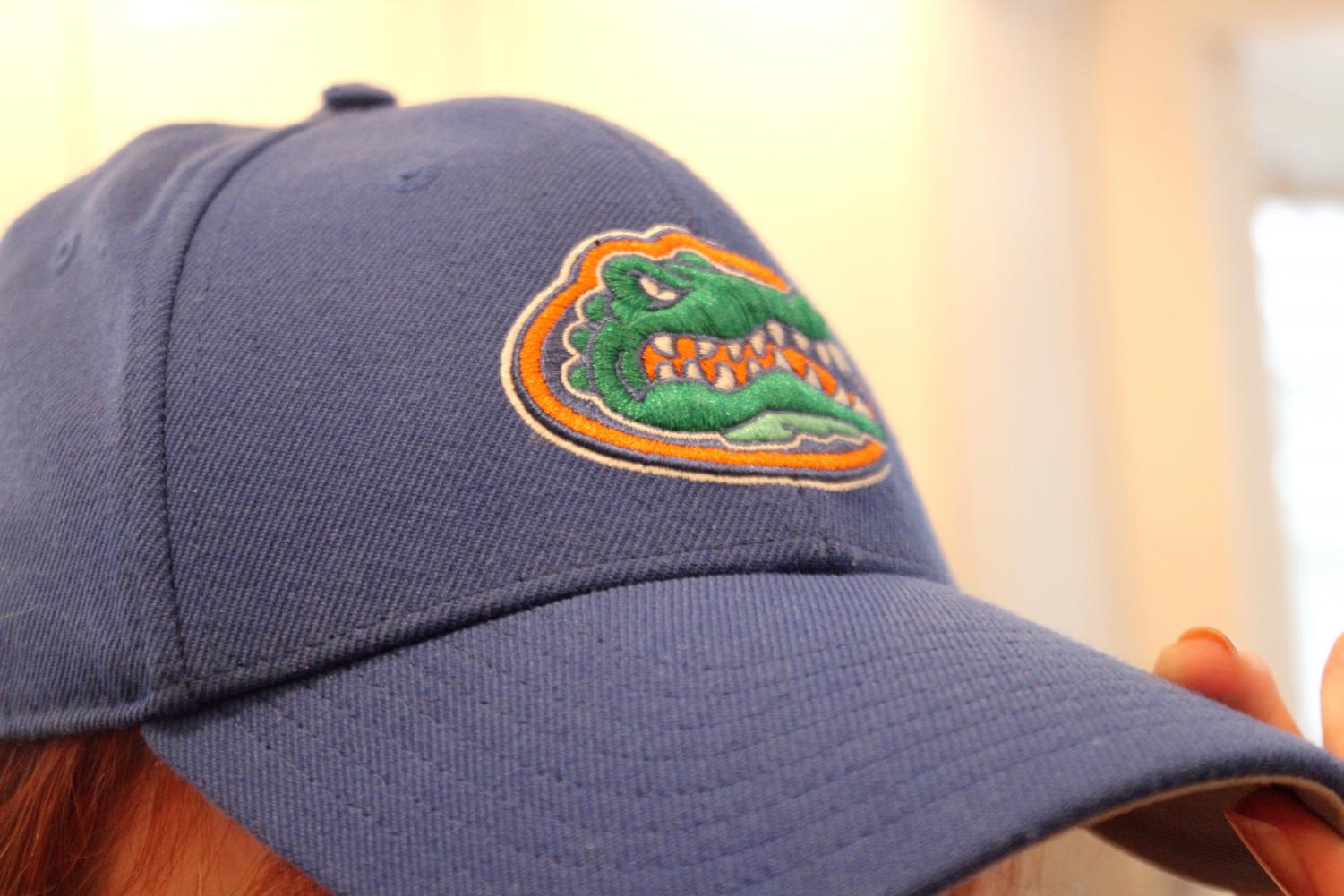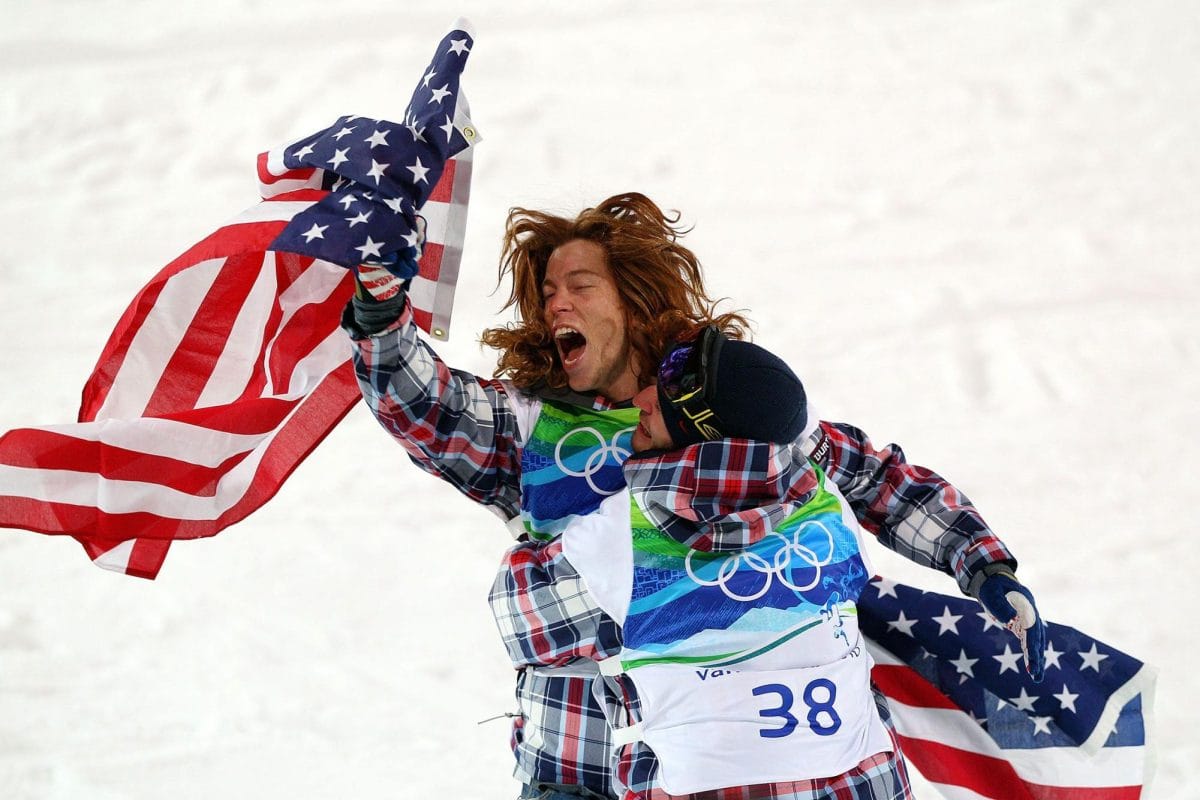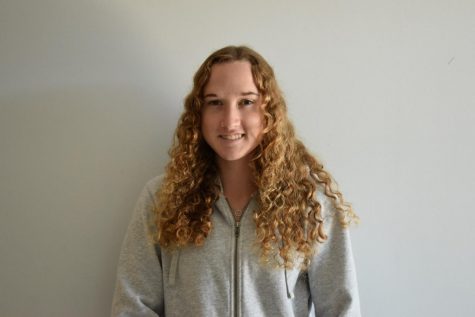The unprecedented and disastrous year of 2020 had extensive worldwide effects. Not only did the Coronavirus pandemic affect practically every aspect of daily life, it also forced many to ponder difficult decisions, some greatly affecting the youth in regards to education and athletics. With sports seasons and tournaments canceled in regards to the concern for public health and schools across the nation turning to virtual learning, aspiring student-athletes and coaches alike have been left wondering exactly what these changes mean for the future of college-athletic recruiting.
There is no denying that the first few months of the COVID-19 quarantine were difficult for nearly everyone; however, it was especially tough for student athletes who were dealing with the transition to distance learning while trying to remain in shape for possible upcoming seasons. With public recreational facilities such as tracks, turf fields and pools closed for months, students were forced to train on their own. For junior Caroline Burgeson, that was exceptionally difficult for her as she was used to practicing in the pool numerous hours each day.
“For the first few months of quarantine, we transitioned to dryland training. Our coaches would post daily workouts on our Instagram and though they tried to make it fun by holding little competitions, it was hard to enjoy. I think we all just wanted to get back into the pool and pick up where we left off,” Burgeson said.
For junior soccer player Shay Montgomery, the implementation of a strict quarantine in March of 2020 meant the cancellation of her league’s national championships. All of her team’s hard work and long hours spent training during their past seasons were deemed meaningless in the blink of an eye as her team’s promising run to the national championships was called off. Though Montgomery was disappointed by the decision to cancel her league’s 2020 national championships, one of the most frustrating consequences of the pandemic was having to train vigorously on her own.
“We weren’t able to train as a team together for a long time and it’s super hard to build on the team chemistry when we are not practicing together. Even once a few restrictions were lifted we had to train with no contact and masks for months which made it difficult to progress as a team,” said Montgomery.
Though Montgomery began playing soccer at the age of three, her journey to becoming a committed D1 athlete began in fifth grade when she made the decision to switch clubs. Since beginning her recruiting process in eighth grade, Montgomery has worked tirelessly on and off the field to prove herself as not only a top ranking athlete, but also a hard working and high achieving student. Montgomery persevered through the challenges presented by COVID-19 and officially committed to play D1 soccer at the University of South Carolina in September of 2020, ending her almost four year long recruiting process.
The college recruiting field that has been difficult to navigate in the past has only been even further complicated due to current circumstances. Hopeful collegiate athletes of the class of 2022 have been greatly disadvantaged due to extended NCAA dead periods and the cancelation or postponement of competition.
In-person recruiting and official visits have been banned for over a year now with the recent decision to extend the NCAA dead period through April 15, 2021. For hundreds of athletes, like junior Anna Macon Corcoran, this meant that the final steps of their recruitment process were put on hold.
“My process is currently at a stand still. Though I can communicate with coaches over the phone, such a big part of the recruitment process is visiting the schools and finding out which coaches and teams you fit in best with. With no official visits happening and campuses being shut down, it’s been extremely difficult,” Corcoran said.
Like many others, Burgeson is experiencing the same recruiting process standstill.
“With the majority of coaches’ focus remaining on finishing the class of 2021 recruits, my process has simultaneously been slowed down. By this time I would usually have been on multiple official visits where I would run through practice with the team, meet with the coaches, attend dinner with the team and tour with a few of the swimmers, but I can’t do any of that as of now,” Burgeson said.
In addition to increased recruiting restrictions, the decision made by colleges across the nation to allow their senior athletes another year of eligibility means many schools are lacking scholarship money and roster spots. This rule only further complicates and disrupts the 2022 athlete’s already disadvantageous recruiting process.
While COVID-19 restrictions and challenges have been to blame for a large amount of disappointment from an athlete’s standpoint, Corcoran chooses to remain optimistic about potential growth that has occurred during the pandemic, with multiple track athletes running extremely fast time trials throughout the summer and the fall. With hopes to see through the upcoming spring season, Corcoran stresses the importance of following COVID-19 guidelines.
“I think that, overall, the damage that has been done by people not social distancing and not following COVID-19 guidelines has been hurtful to sports. For example, if one person on the team attends practice after contracting COVID-19 while not following guidelines, the entire team becomes exposed and at risk. I think people just need to be more cautious,” Corcoran said.
Now that the recruiting process is almost entirely online, athletes participating in sports like soccer see an emphasis on game film. With hundreds of college coaches facing the inability to recruit off campus, the only way athletes can be evaluated is through their highlight videos which are often sent to coaches. For those that are not tech savvy, constructing a video to send to coaches can be a daunting task, resulting in many making the decision to pay videography companies hundreds of dollars to create these short length videos highlighting a player’s strengths.
College recruiting, like many aspects of life, may never be the same again. If there’s one thing student athletes and even coaches can take from this experience, it is how to adapt and compete no matter the circumstance.







































